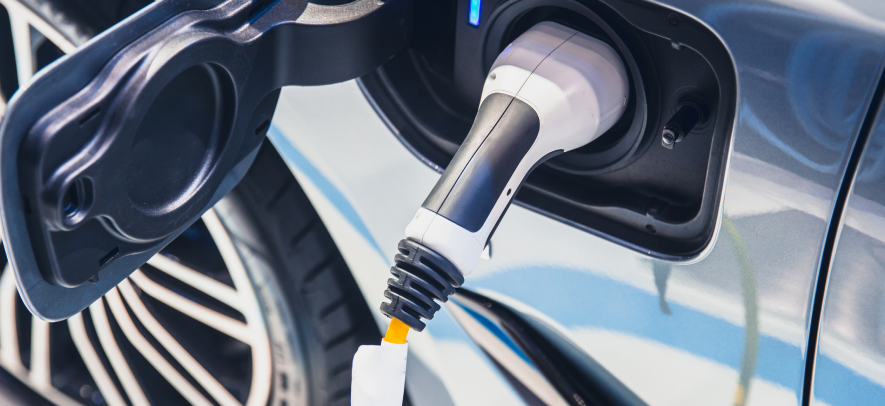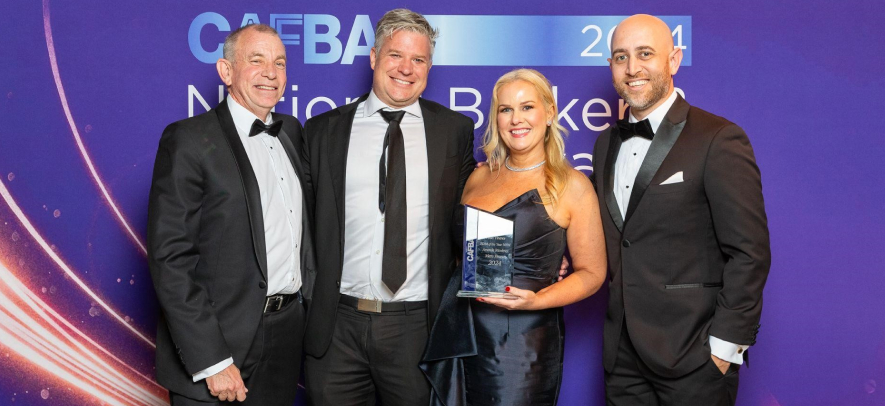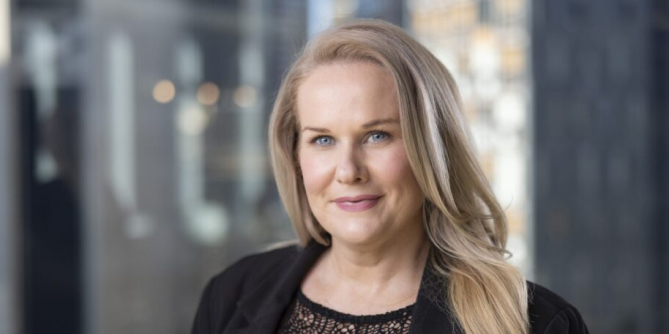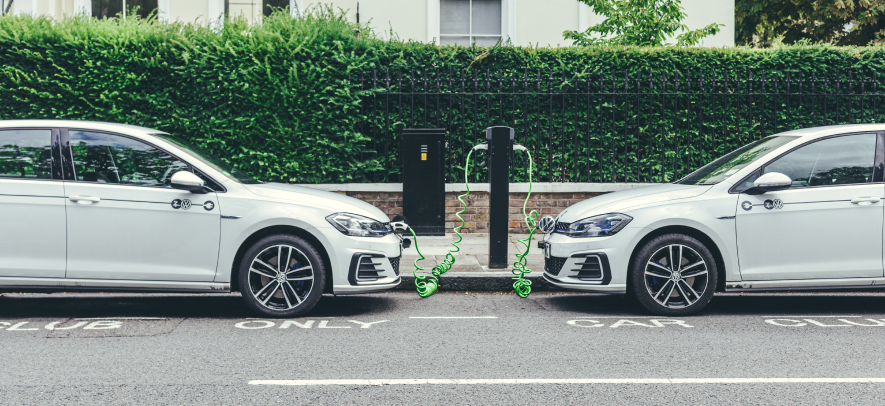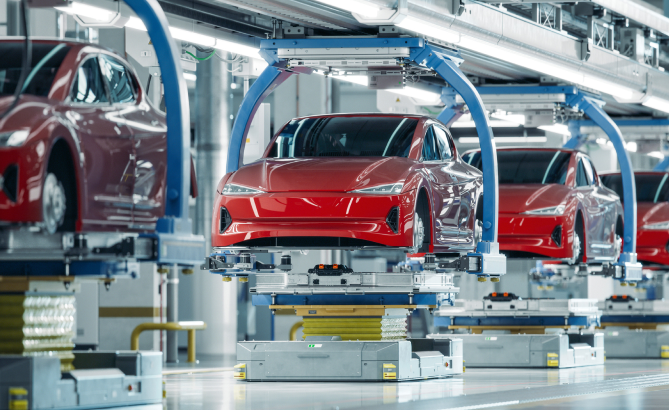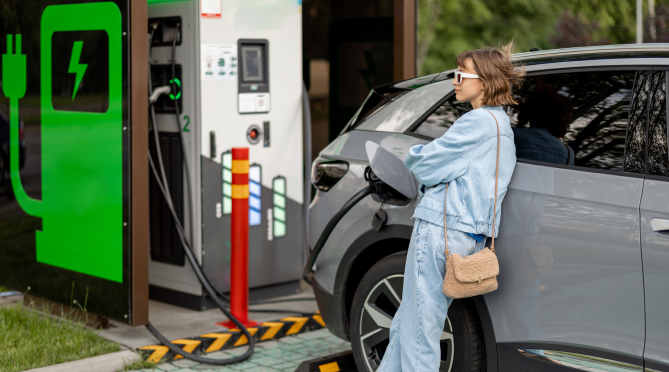Top five myths surrounding green finance for SMEs
The momentum on green loans is growing as the local market’s willingness to engage with green financing expands. Sustainability linked loan transactions have expanded across Australia over the past 12 months.
- Green financing is a way for businesses and consumers to reduce their carbon footprint without breaking the bank. Research indicates that Australia’s roughly 2.4 million SMEs emit about 146.5 million tonnes annually, with transport identified as one of the key drivers of the carbon footprint of SMEs.
- Increasingly, financial institutions are offering customers competitive green finance products.
Supporting the government’s net-zero initiatives, Metro recently launched its MetroEco product for small-to-medium sized businesses, developed in partnership with the Clean Energy Finance Corporation (CEFC) to provide discounted finance solutions for electric vehicles (EVs), solar panels, batteries and more efficient farm and building machinery.
While Australians are increasingly wanting to contribute to more sustainable business practices, there are quite a few myths and misinformation circulating about how green finance works, especially for EVs and equipment. So, we’d like to debunk a few of these.
Myth number one:
Green finance attracts higher interest rates than traditional finance.
Green loans can have lower interest rates than conventional loans.
Buying an EV could earn you a better deal on your car or van loan than through a traditional loan – with reduced fees and up to a 1% discount on interest rates. It can also provide competitive rates for energy efficient tractors, earth movers and cranes.
For example, a MetroEco loan of $60,000 for an EV could save some $1700 in interest expenses over five years. Metro strives to make owning an electric vehicle and installing a solar system not only a sustainable choice but also an affordable one. Our competitive rates and flexible terms ensure that you receive the best possible options for your EV, plug in hybrid car loan or next eco-friendly purchase.


Myth number two:
Green finance involves more hurdles for applicants.
With the extra momentum and motivation from lending institutions and government to support reduced emissions, red tape is minimised for businesses who are being encouraged to support Australia’s sustainability goals. Metro aims to make the green loan repayment process as convenient and stress-free as possible.
Metro’s streamlined green loan application process for EVs and equipment ensures that clients receive a prompt response, allowing them to secure an EV for their commercial fleet, faster and easier.
Myth number three:
It’s just the same finance but with a different name.
Green loans operate in the same way as traditional loans in general, but there are important distinctions. The process is the same in that the borrower applies for finance from a lender and the lender assesses their application before deciding whether to loan a sum of money or not. However, this is where the similarity ends. The main difference between the two types of loans is where the finance is generated from and its purpose.
Different purpose: Traditional finance can be applied for a variety of purposes and products and can originate from, while green loans may only be used for the purchase of approved environmentally friendly products that have the dual purpose of reducing carbon emissions and supporting net-zero goals.
Lower interest rates: Lenders can apply a lower interest rate to green loans, helping to incentivise the purchase of environmentally-friendly products.
Access to benefits: Using a green loan allows you to purchase environmentally friendly products and start enjoying their benefits sooner while paying off the balance over several months or years Much like standard finance, the terms of green lending do vary between lenders.


Myth number four:
Only established businesses can successfully apply.
MetroEco offers green loans for commercial EVs and equipment to all kinds of businesses, provided they meet the usual criteria and credit approval checks. We do not restrict our green loan products to established business entities. (minimum of 2 years trading history required).
Myth number five:
Green finance can only cover a short period because EVs and hybrid vehicles don’t last as long as traditional vehicles.
This is not the case. At Metro, for example, you can choose an electric vehicle loan term of up to five years to suit your business’s financial situation and preferences. Whether you prefer a shorter term to pay off your electric vehicle loan quickly or a longer term with lower monthly payments, we have options that cater to these individual and business needs.
Loan terms do vary across lenders.





